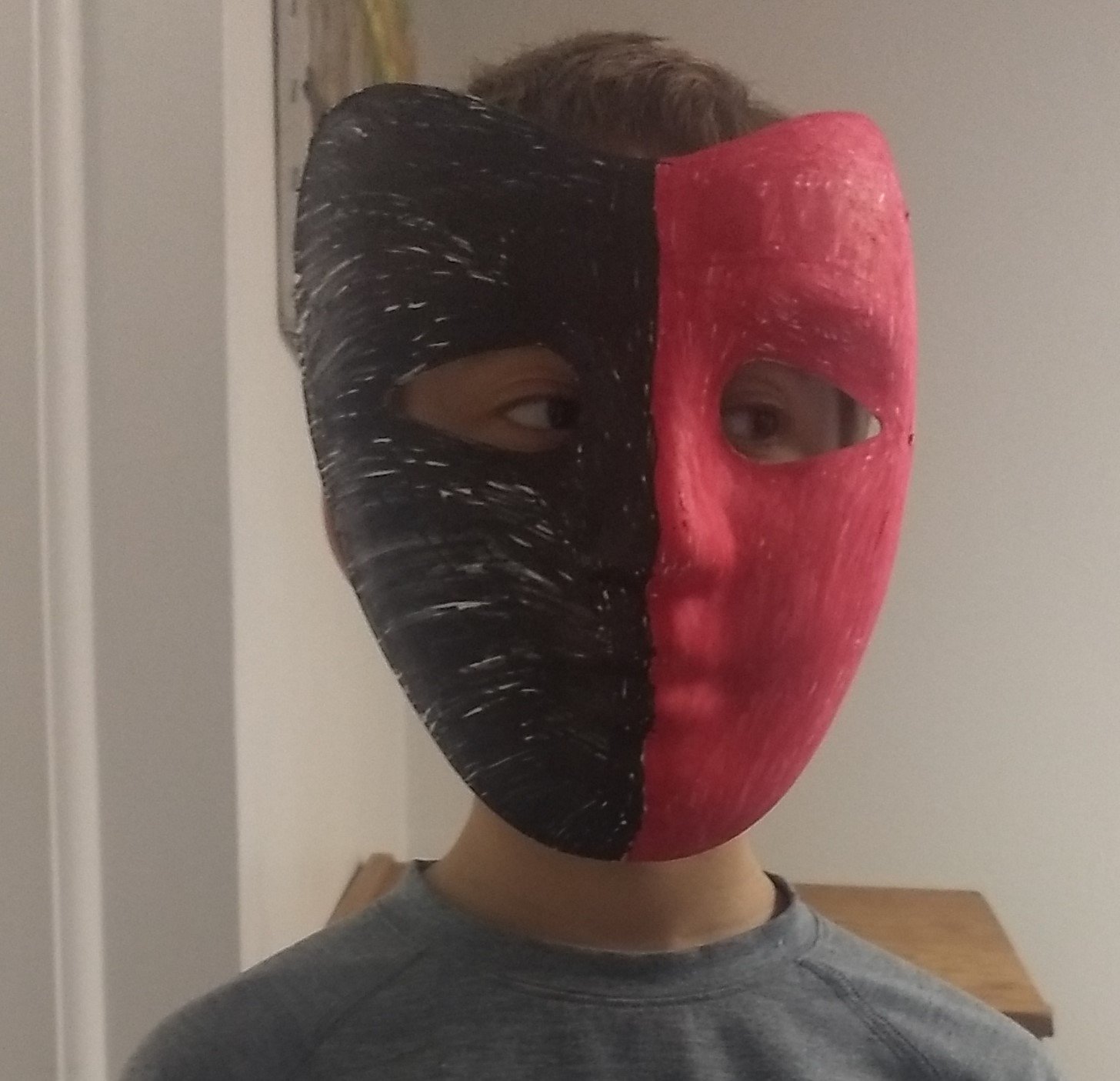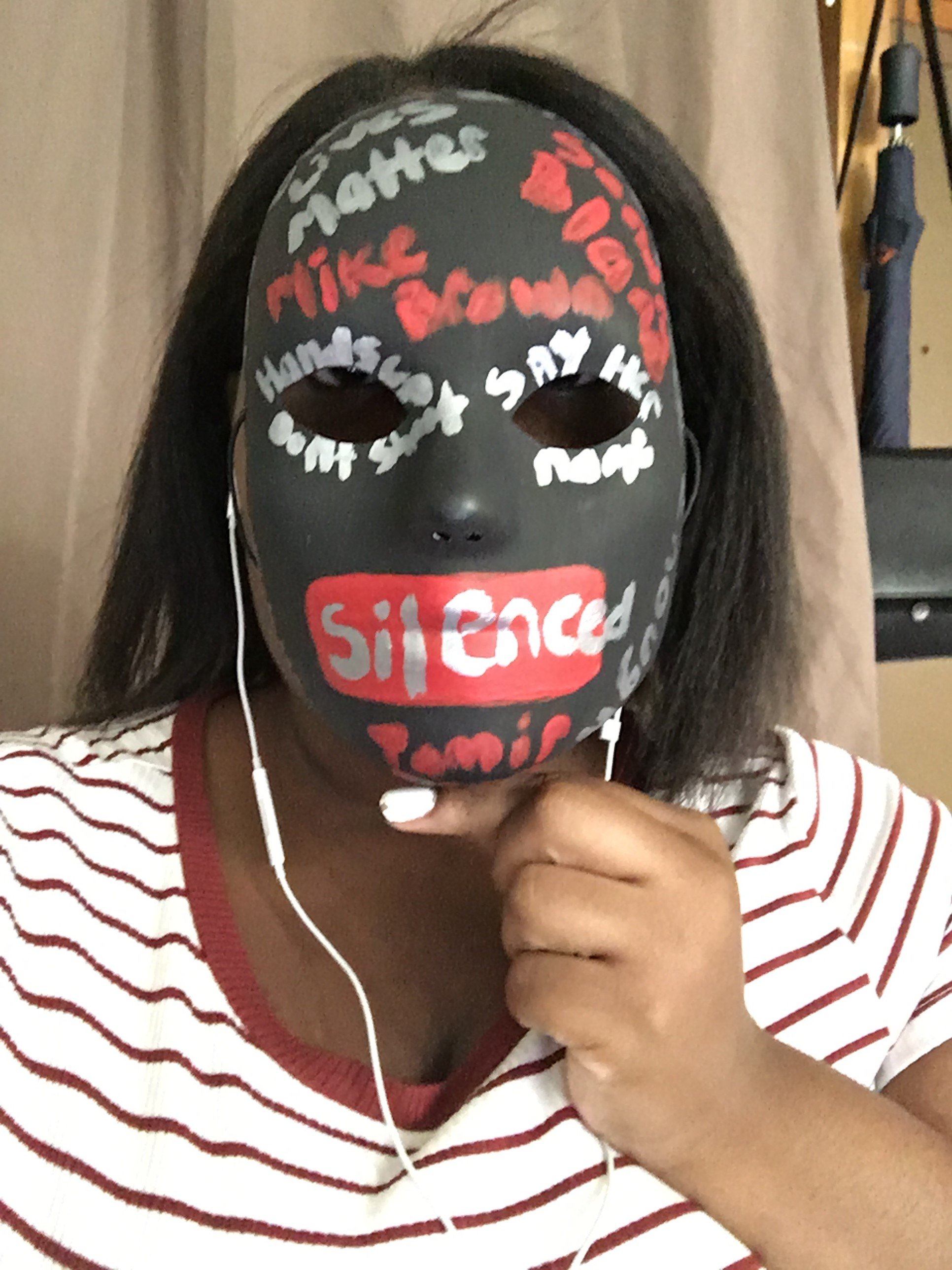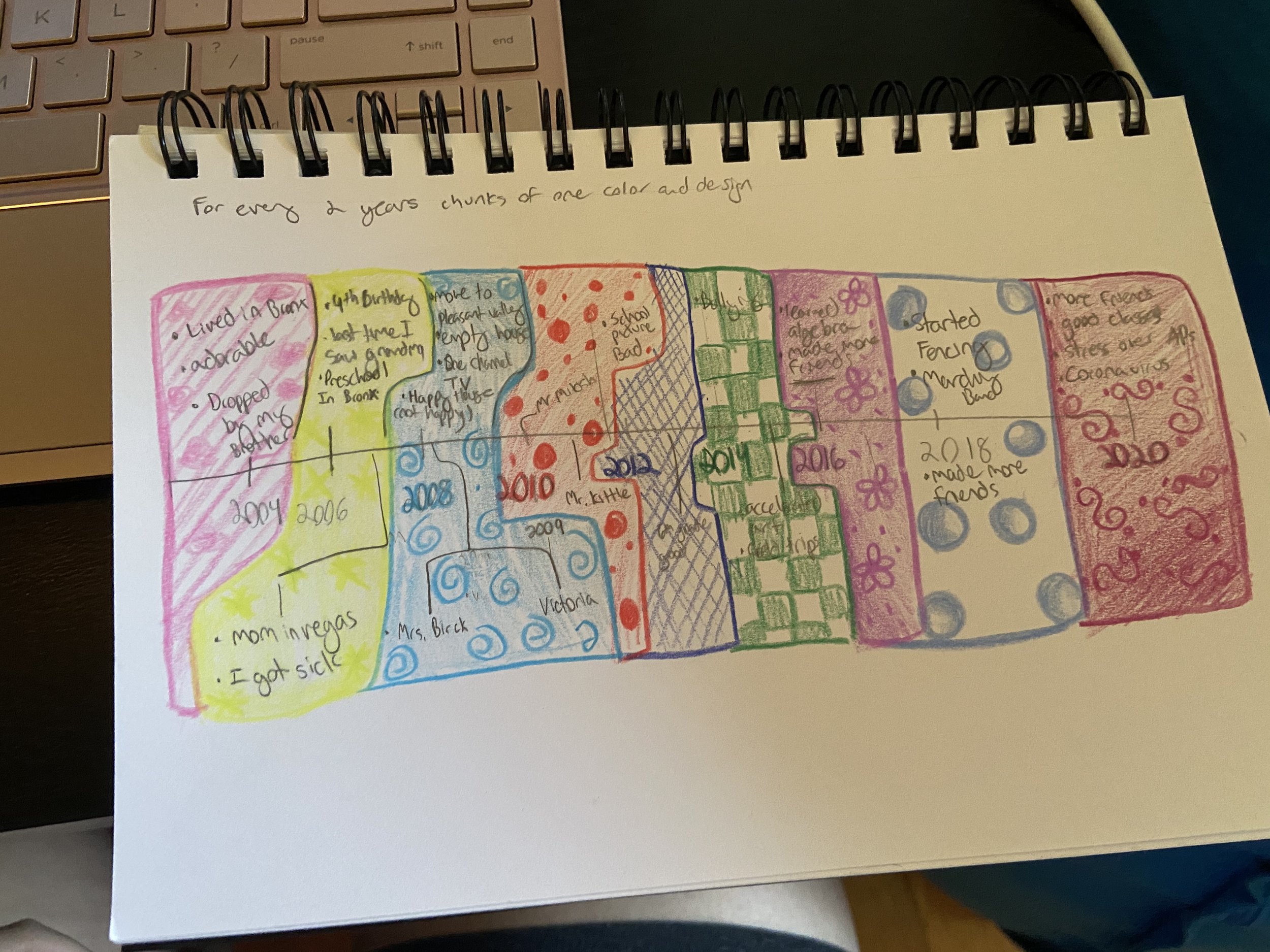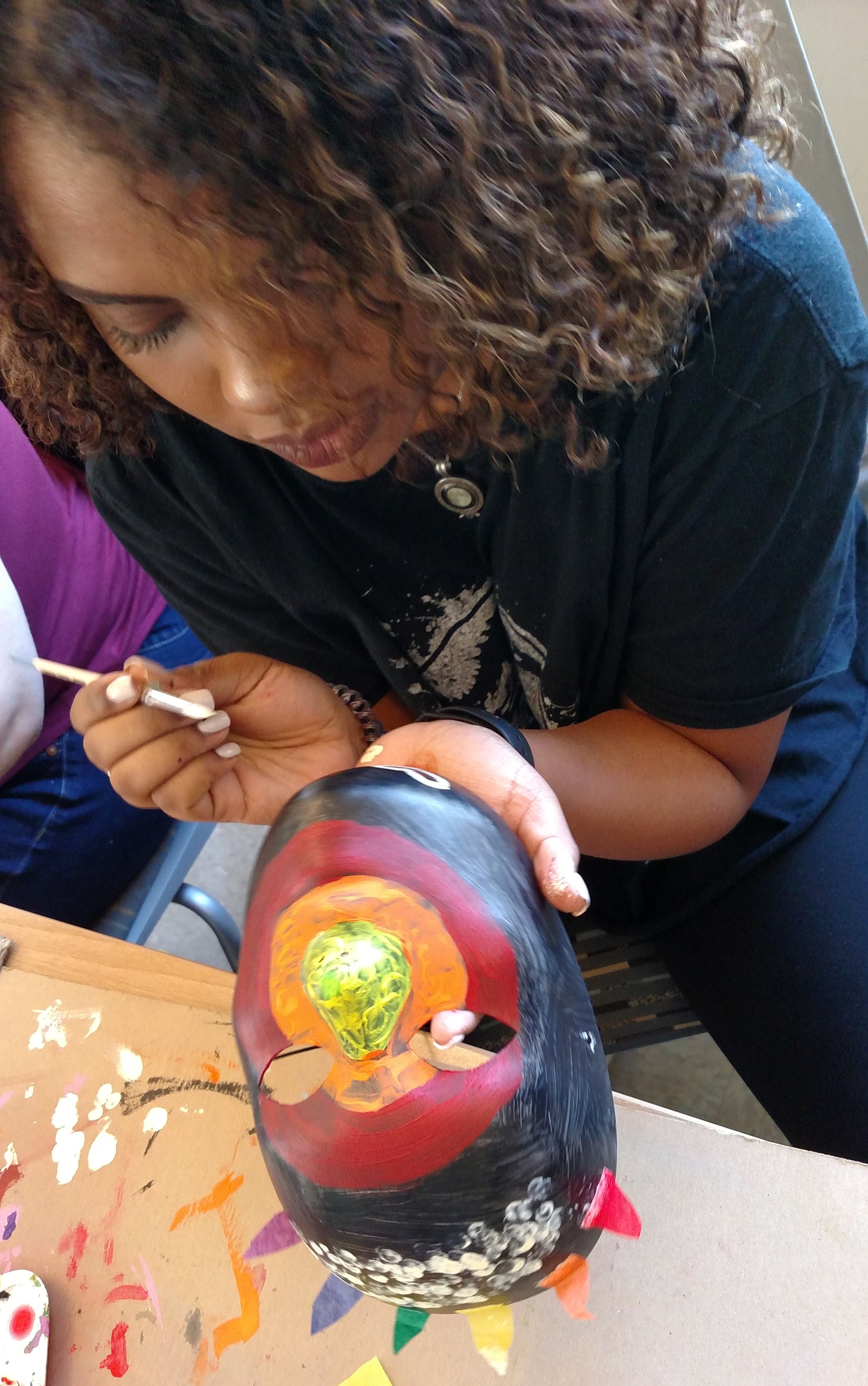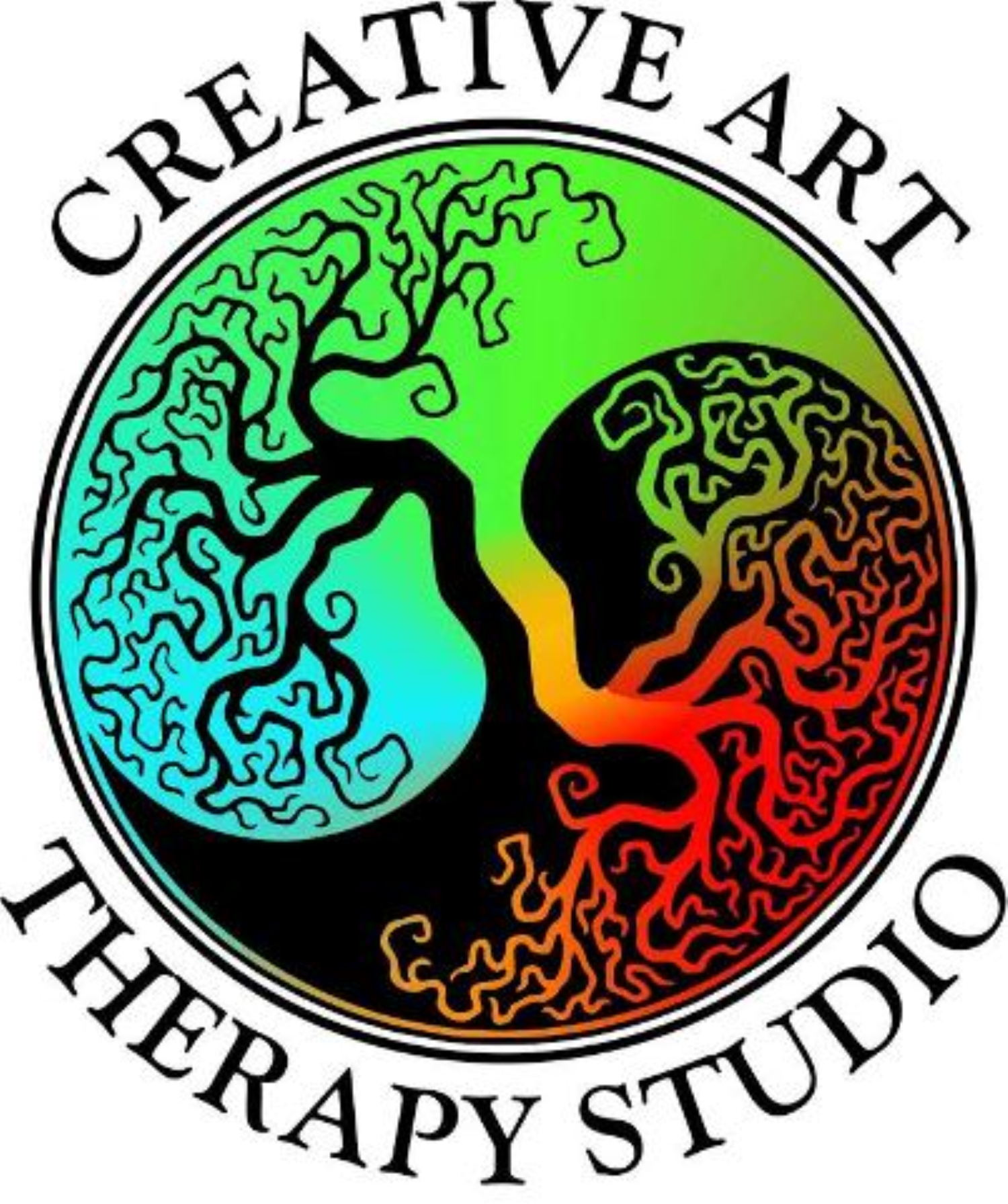Countering Trauma:
Emotions in Education
6-Hour Training Program
For General Educators, Art Educators, and School Mental Health Professionals
School Districts can arrange custom-designed training and a discounted fee for large-group full-day training to accommodate Professional Development and/or Superintendent Conference Days.
BUILDING EMOTIONAL INTELLIGENCE THROUGH THE EXPRESSIVE ARTS
1. According to The Yale Center of Emotional Intelligence: EMOTIONS DRIVE LEARNING, decision-making, creativity, relationships, & health.
2. According to Heise & Kay, Fostering RESILIENCE Through Social Emotional Literacy & Trauma-Informed Pedagogy in Art Education is a natural fit for Arts Educator Training because:
• Art Teachers are not clinical therapists, but they are in a position to help children cope with adversity by utilizing the therapeutic properties of art education.
• Art Teachers build relationships, listen, and affirm, empathize, assess to teach, and instruct in ways that help students build on their strengths, providing a safe space for creative expression.
• Through Art, neuro-repair is stimulated which speeds up the ability to resume calmness after stress or anxiety and help students get ready to learn.
• Art-based strategies for social-emotional learning, self-care practices and artmaking that are incorporated in your daily teaching practice can benefit you and your students. (Trauma-Informed Art Education: Caring for Learners and Each Other, Heise & Kay, 2021)
Research Supports Emotional Competency Learning and Creativity in Education
Emotional intelligence is the ability to reason with and about emotions, and intentionally affect our emotions and those of others around us.
Four specific abilities comprise emotional intelligence:
accurately perceiving emotion in oneself and others,
using emotions in the service of thinking and problem solving,
understanding likely causes and consequences of different emotions,
and influencing the course of one’s emotions and helping to regulate emotions of others around us.
Applications:
How to design and implement emotions/feelings exploration, understanding, and regulation through creative arts processes.
How to debrief/interview their students about their creative expression for further understanding and validating their students
Theory:
The connection between emotions and learning
How Adverse Childhood Experiences results in complex & developmental trauma
The connection between emotions and learning
The connection between emotions and behavior
The connection between creativity and emotions
How creativity enhances emotional regulation
How creativity enhances “whole brain” learning
The connection between Creativity and emotional intelligence
The connection between Creativity and the development of multiple intelligence
How to design and implement emotions/feelings exploration, understanding, and regulation through creative arts processes
Creative Art Therapy equips children with a way to express what cannot be said with words alone and provides:
a way to build resilience
a means to cope with emotional stress/ toxic stress
a non-verbal means for expression of feelings
a normalizing activity
self-soothing strategies
distraction from pain
an opportunity to have appropriate control
an opportunity to make healthy choicesa sense of mastery
an emotional regulator
a confidence builder
a way to build self-competence, self-esteem, & self-assurance
encouragement to relax
media through which anxiety can be safely expressed and processed
a way to enhance predictability
an alternative form of communication
assistance in safely retelling their story
safety and support to adapt to new conditions and surroundings
Participants will learn (through participatory hands-on experiential creative art processes) about:
Art Therapy Focuses on Your “Inner Experience.”
Art therapy isn’t about focusing on the images around you
but those emanating from inside you.
Participants will learn about:
How Adverse Childhood Experiences results in complex & developmental trauma
The connection between emotions and learning
The connection between emotions and behavior
The connection between creativity and emotions
How creativity enhances emotional regulation
How creativity enhances “whole brain” learning
The connection between Creativity and emotional intelligence
The connection between Creativity and the development of multiple intelligence
Lucy Barbera, PhD, LCAT is a New York State Licensed Creative Arts Therapist, NYS Permanently Licensed Art Teacher, and NYS Permanently Licensed School District Administrator, whose educational and clinical work spans the medical, psychiatric, and special education settings, as a Creative Arts Therapist, Art Educator, School District Administrator, and College Professor. Dr. Barbera has facilitated “Emotions in Education” training programs for local school districts, state organizations regionally and nationally, and has worked with educators, clinicians, and school leaders in Germany, Spain, Portugal , Turkey, Asia, and South America.
Lori Desautels suggests a creative way for kids to do
an emotional check-in by asking them to express
themselves creatively around this prompt:
“What is the weather in your brain?”
“I found everything I learned from the training to be extremely helpful with clients and they love it!”
— Ina, D.P.P., LMSW, CSW










